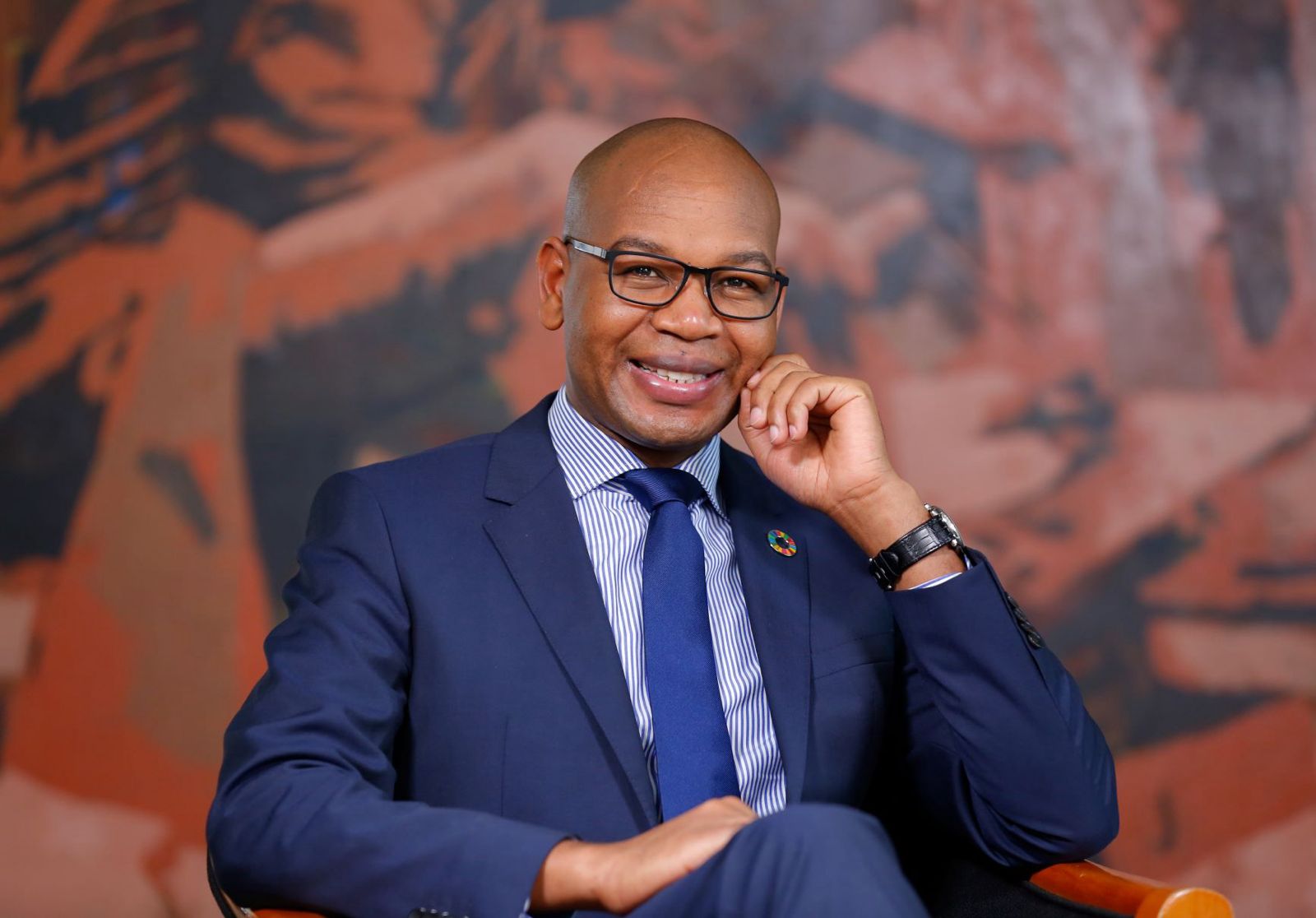Beware of disinformation in the Gen-Z era

In a communique to ambassadors in Kenya, Musalia Mudavadi, Kenya’s prime cabinet secretary and cabinet secretary for Foreign and Diaspora Affairs, expressed concerns about the follies of misusing artificial intelligence (AI) and the internet.
“The abuse of the internet space continues to fuel national and global instability as well as feed into the ever-opportunistic cybercrime,” said Mudavadi as quoted by Semafor, a news website.
For weeks now, Kenya has been mired in unrest from their Gen Z-led protests. The protests initially started to oppose the infamous Finance Bill of 2024 and have morphed into a campaign to challenge the excesses of the President William Ruto administration.
Although the lethal force applied to quell the riots has claimed 50 protestors, the young people remain steadfast. The protestors, armed with only their smartphones and a running internet bundle, have leveraged the power of social media platforms, especially TikTok, X(formerly Twitter), Instagram and WhatsApp.
The young Kenyans have used these platforms to share all forms of information, crowdfunding for injured colleagues’ medical bills and support to families of slain victims, etcetera. During such political events, there is a continuous insatiable desire for accurate and reliable information.
The presence of several sources of information spanning from mainstream traditional news platforms to budding social media platforms has put consumers at the unfortunate risk of taking in disinformation. This is the kind of news that is deliberately conjured to mislead the consumers of information.
With a predominantly youthful and tech-savvy population, seeding disinformation to unsuspecting consumers became easy. To an unsuspecting consumer, this disinformation comes off as believable because the tone and framing of the message can be misconstrued to be of the alleged speaker when not.
Gazettes with false information have also been faked. It has gone the extra mile where false gazettes have been published and shared widely on social media. When false gazettes are more believable than authentic ones, to be genuine, the authenticity of the information is then questioned.
When people no longer have credible sources of information, it means they can be emotionally- manipulated with information shared on social media to prompt protestors into taking action offline.
As the tempers flared during the protests, a false screenshot attributed to Uganda’s President Museveni surfaced on X. A false Museveni was quoted to have said, “Our neighbours, Kenyans, are picketing in the streets instead of working. The demonstrations are led by a bunch of TikTokers and members of the LGBTQ community. Do TikTokers even pay tax?”
Could this have whipped up the anger among the protestors? Did this anger incite the protestors to torch Uganda house in Nairobi? When claims of the Kenyan police shooting protestors came up, the Kampala Journal, an X account, alleged that one sergeant Walter Ojok had been deployed on the orders of President Museveni to save Ruto’s regime.
The false tweet has garnered over 950k views with prominent Kenyan politicians like Martha Karua falling victim. Could it be that the disinformation about Museveni found a biased and excited audience that wanted to have their biases on Museveni’s brute involvement in quelling the protests confirmed?
Although the Kenyan government recognizes that disinformation enabled by the internet is a threat to democracy, their hands are not clean either. Fabricated WhatsApp chat screenshots attributed to the ‘leaders of the protests’ have been shared widely.
Whereas these attempts are aimed at discrediting the supposed leaders, they either unknowingly or knowingly disenfranchise the individuals in the populace with genuine concerns about the situation in the country.
If mishandled, engineered polarizations can undermine democracy. In Active Measures, Thomas Rid quoted former Central Intelligence Agency (CIA) director Richard Helms who, when appearing before the US Judiciary Senate committee in 1963, compared the act of forging to performing a magic trick.
“The KGB forgers were the magicians; the CIA investigators, watchful bystanders and the American public was the audience.”
Helms noted that the task of the bystanders was to spot minor flaws in the execution of the trick. He added that when the Soviet skilful deception improved, the CIA’s uphill task was demonstrating that the act was fake without providing the magician with free tips without perfecting his performance.
Debunking alone cannot solve the disinformation challenge. Since social media platforms have liberalized the transmission of information, individuals must develop a greater love for truthful information.
Before sharing that too-good-to-be-true information to the next WhatsApp group, check the social media handle of the mainstream media. X has introduced Community Notes where the purveyors of false information can be checked, and alternative information is given.
The writer is a digital media enthusiast
Source: The Observer
Share this content:




Post Comment